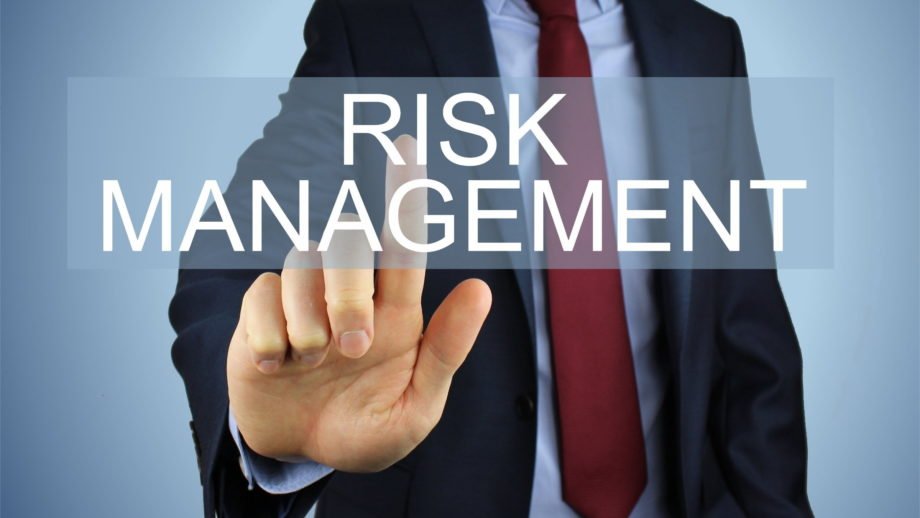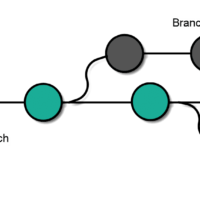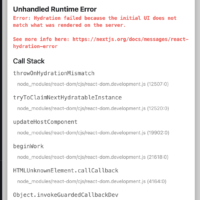Unpreparedness on how to manage various risks is one of the major causes of business closures. In fact, a study by FEMA reports that 40% of small businesses shut down following a natural disaster. What’s more, AppRiver’s Cyberthreat Business Index survey discovered that approximately half (48%) of small and medium-sized businesses shut down following a major data breach.
Needless to say, you need to take measures to ensure your organization can effectively manage risks when they occur. One way of doing that is by coming up with a risk management plan for your business. This post will look at the five steps of the risk management process for building a plan for your business.
What Is Risk Management?
Risk management basically entails identifying, evaluating, and prioritizing risks followed by the implementation of measures to monitor the risks and minimize the chances of the risks occurring and their impact if they occur. The risk management process is crucial given that it reveals the potential threats a business faces. It also offers a wide range of benefits, including avoiding data breaches and dealing with risks before they cause any damage.
The Five-Step Risk Management Process
Step 1: Identify Risks
The identification of potential risks is the first step of the risk management process. Risk identification can be done through a variety of methods, including:
- Brainstorming sessions with stakeholders to identify potential risks and hazards
- Reviewing historical data on incidents or near-misses
- Analyzing industry data to identify common risks and emerging trends
- Conducting site inspections or risk assessments to identify potential hazards
It’s crucial to involve key stakeholders in the risk identification process, as they may have unique insights into the risks associated with their areas of responsibility.
Step 2: Analyze Risks
Once potential risks have been identified, the next step is to analyze them. This involves assessing the likelihood and impact of each risk. Some common methods for analyzing risks include:
- Using a risk assessment matrix to categorize risks based on their likelihood and impact
- Conducting a quantitative risk analysis to assign numerical values to the likelihood and impact of each risk
- Using expert judgment to assess the likelihood and impact of each risk
By analyzing risks, you can prioritize which risks to address first and develop effective mitigation strategies.
Step 3: Evaluate and Prioritize Risks
After analyzing risks, the next step is to evaluate and prioritize them. Risk evaluation and prioritization entail determining which risks are most significant and require the most attention. Some factors to consider when evaluating and prioritizing risks include:
- The potential impact on the business
- The likelihood of the risk occurring
- The cost of mitigating or managing the risk
By prioritizing risks, you can allocate resources effectively and address the most critical risks first.
Step 4: Mitigate Risks
Once risks have been prioritized, the next step is to develop and implement mitigation strategies. Mitigation strategies may include:
- Implementing new policies or procedures to reduce the likelihood of the risk occurring
- Investing in new technology or equipment to minimize the impact of the risk
- Hiring additional staff to address the risk
- Transferring some of the risks through insurance policies or contracts with suppliers
It’s important to regularly review and update mitigation strategies to ensure they remain effective.
Step 5: Monitor and Review
The final step in the risk management process is to monitor and review the effectiveness of your mitigation strategies. This involves:
- Tracking and analyzing any incidents or near-misses to identify new or emerging risks
- Conducting regular risk assessments to identify any changes in the risk landscape
- Updating mitigation strategies as necessary to ensure they remain effective
By continuously monitoring and reviewing your risk management plan, you can ensure that your business or software remains protected from potential risks.
Importance of the Risk Management Process
The risk management process is crucial for any business or software development project. Here are some reasons why:
- It protects against potential risks: The risk management process helps identify potential risks that could impact the business or software development project. By identifying these risks early on, measures can be taken to reduce their impact or likelihood.
- It improves decision-making: The analysis and evaluation of risks provide decision-makers with valuable information that can be used to make informed decisions. This helps ensure that resources are allocated effectively and that the most critical risks are addressed first.
- It reduces costs: By identifying and addressing risks early on, the risk management process can help reduce costs associated with incidents or near-misses. This includes costs associated with lost productivity, repairs, and legal liabilities.
- It increases stakeholder confidence: A robust risk management plan can increase stakeholder confidence in the business or software development project. This includes investors, customers, and employees who are reassured that potential risks are being actively managed.
Conclusion
Risk management is a critical process for any business or software developer. By following the five-step risk management process, you can identify potential risks, analyze their likelihood and impact, evaluate and prioritize them, mitigate or manage them, and monitor and review the effectiveness of your mitigation strategies. By implementing a robust risk management plan, you can protect your business or software from potential risks and ensure its long-term success.



















